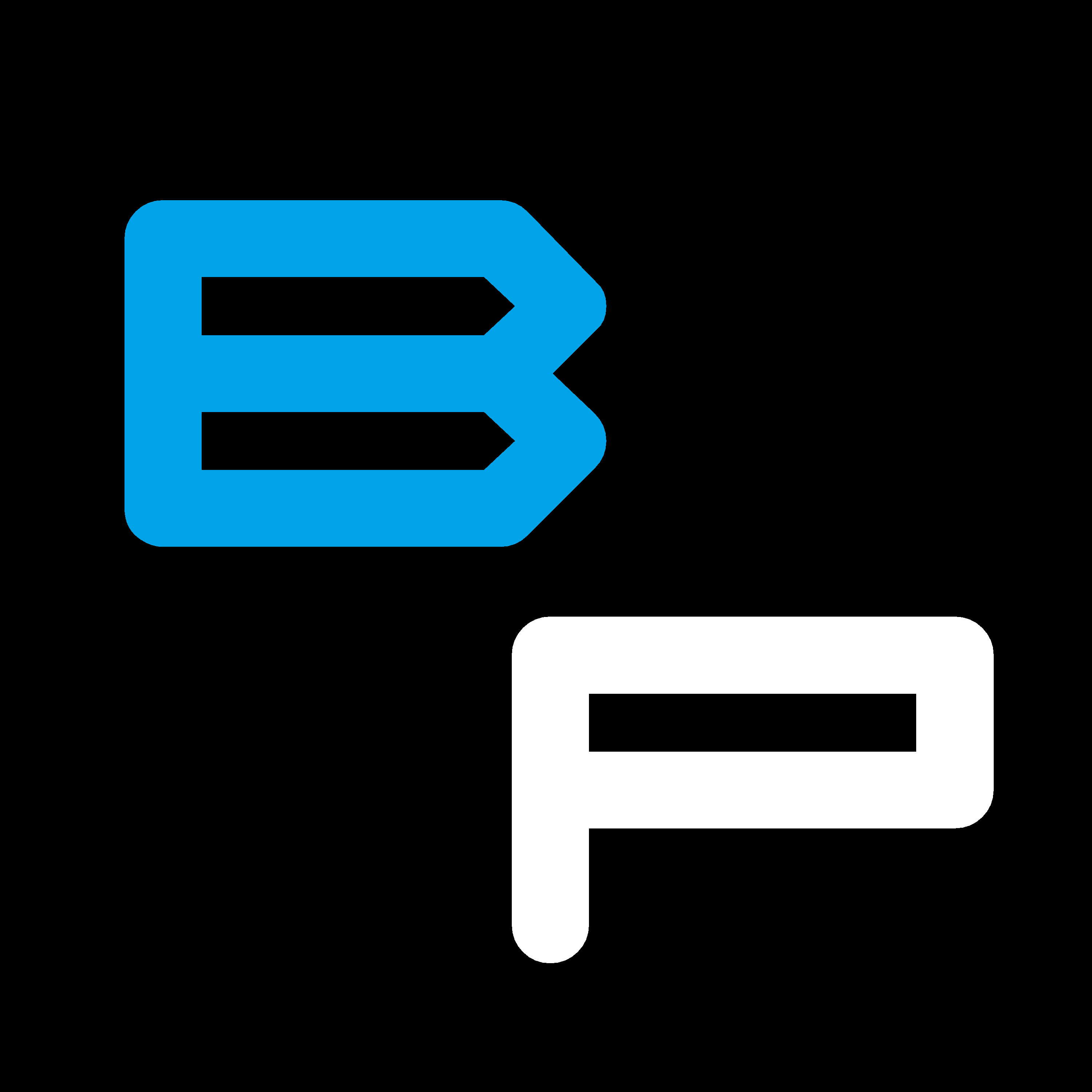Building .NET 7 Applications using Amazon CodeCatalyst
 Tom Moore
Tom MooreThis past re:Invent AWS Launched Amazon CodeCatalyst the new All-In-One DevOps service. CodeCatalyst provides you with a single pane of glass to source control management, handling pull requests, issue management and software builds.
CodeCatalyst uses the new AWS Builder ID for authentication, which makes it easier for teams of people to collaborate without having to create IAM users. CodeCatalyst also allows you to swap out components like Source Control and Issue management with third parties like Atlasian Jira and GitHub if you already have existing investments in those technologies.
At launch, CodeCatalyst supports .NET 6 as the supported build environment for your .NET applications, due to .NET 6 being the current LTS version of .NET. The good news is that CodeCatalyst's build system is flexible enough that you can easily install and .NET 7 for your build steps.
Here's how:
When you build your workflow for your project in CodeCatalyst, you will have a YAML file that looks similar to this:
Name: Workflow_9835
SchemaVersion: "1.0"
# Optional - Set automatic triggers.
Triggers:
- Type: Push
Branches:
- main
# Required - Define action configurations.
Actions:
Build_88:
# Identifies the action. Do not modify this value.
Identifier: aws/build@v1
# Specifies the source and/or artifacts to pass to the action as input.
Inputs:
# Optional
Sources:
- WorkflowSource # This specifies that the action requires this Workflow as a source
Outputs:
# Optional; Automatically discover reports for popular test frameworks
AutoDiscoverReports:
Enabled: true
# Use as prefix for the report files
ReportNamePrefix: rpt
# Defines the action's properties.
Configuration:
# Required - Steps are sequential instructions that run shell commands
Steps:
- Run: dotnet restore
- Run: dotnet build
My workflow above has a single Build stage that includes commands to do a dotnet restore, and a dotnet build command. As mentioned, these will automatically use the .NET 6 runtime that is included by default in the CodeCatalyst build image.
If you add the following line to your build step, before your .NET Build command:
- Run: curl -sSL https://dot.net/v1/dotnet-install.sh | bash /dev/stdin --channel STS
You will automatically download an install the latest .NET runtime from the Standard Term Support (STS) channel. Once the installation completes, your build will use the latest version of .NET, in this case .NET 7, in this case 7.03.
If you want more control over the version of .NET that gets installed, you can change the channel to be a specific version.
- Run: curl -sSL https://dot.net/v1/dotnet-install.sh | bash /dev/stdin --channel 7.0
Once you have updated your workflow, click the commit button at the top right of the screen and CodeCatalyst will start building your project with .NET 7.
The complete, updated workflow definition looks like this:
Name: Workflow_9835
SchemaVersion: "1.0"
# Optional - Set automatic triggers.
Triggers:
- Type: Push
Branches:
- main
# Required - Define action configurations.
Actions:
Build_88:
# Identifies the action. Do not modify this value.
Identifier: aws/build@v1
# Specifies the source and/or artifacts to pass to the action as input.
Inputs:
# Optional
Sources:
- WorkflowSource # This specifies that the action requires this Workflow as a source
Outputs:
# Optional; Automatically discover reports for popular test frameworks
AutoDiscoverReports:
Enabled: true
# Use as prefix for the report files
ReportNamePrefix: rpt
# Defines the action's properties.
Configuration:
# Required - Steps are sequential instructions that run shell commands
Steps:
- Run: curl -sSL https://dot.net/v1/dotnet-install.sh | bash /dev/stdin --channel 7.0
- Run: dotnet restore
- Run: dotnet build
At the point that I am writing this article, the .NET Install scripts don't seem to support installing the .NET 8 preview, and Microsoft doesn't appear to have a .NET 8 Preview 1 installer for Linux yet. As soon as it does, I'll post a followup post with how you can get .NET 8 Preview 1 into CodeCatalyst as well.
Subscribe to my newsletter
Read articles from Tom Moore directly inside your inbox. Subscribe to the newsletter, and don't miss out.
Written by

Tom Moore
Tom Moore
I am a Master Principal Cloud Architect for Oracle Cloud (OCI). I create content designed to help developers with Cloud-Based technologies. This includes AWS, OCI, and occasionally Azure. I'm not excluding GCP, I just haven't had any excuse to dive into GCP yet. As far as development is concerned, my area of focus is predominantly .NET, though these days, I do branch out occasionally into NodeJS and Python. I am available for in-person speaking events as well as virtual sessions. I can usually be found at Boston Code Camp. Opinions expressed on my blog are my own, and should not be considered to be the opinions of my employer.